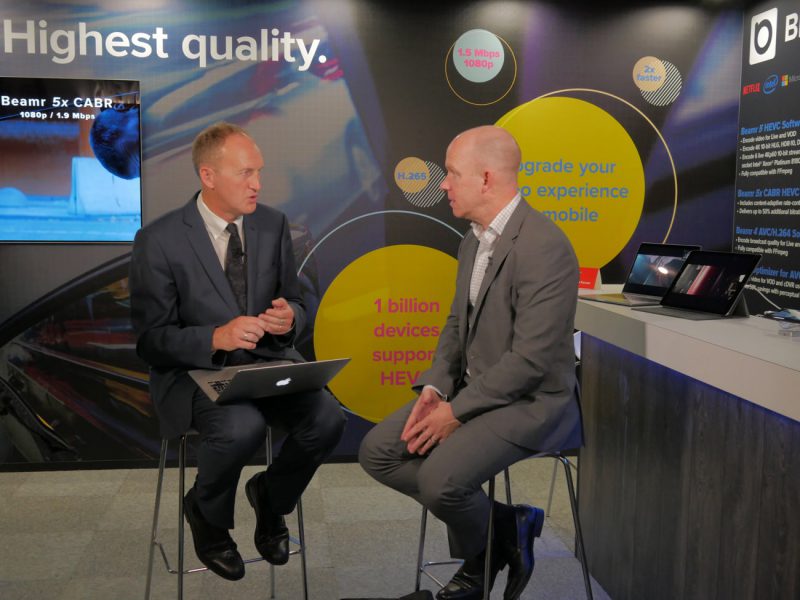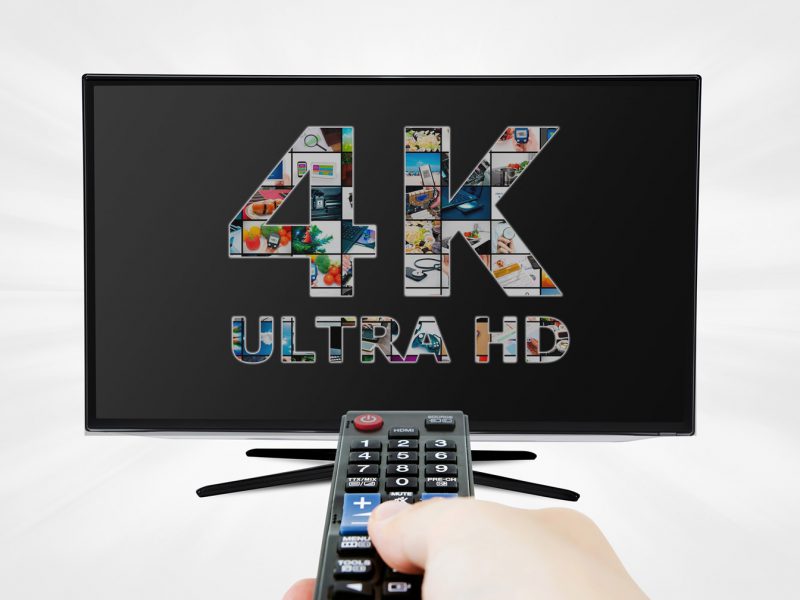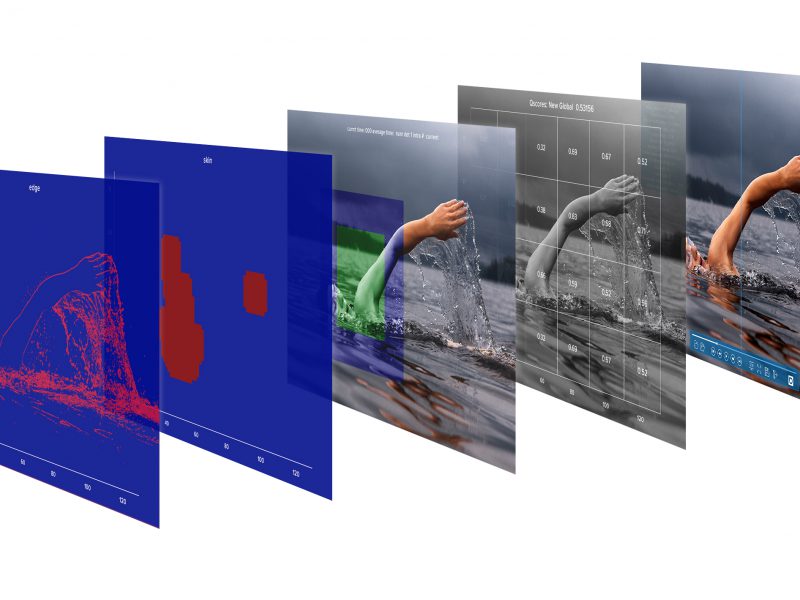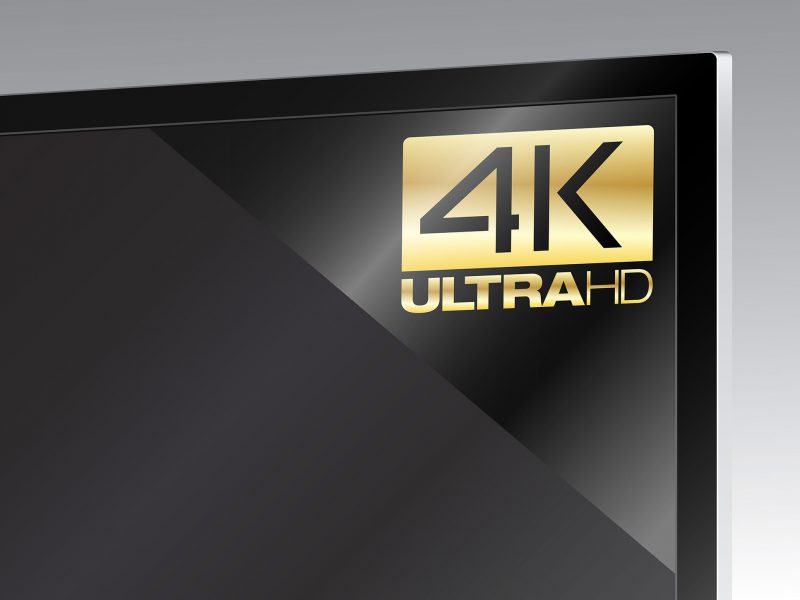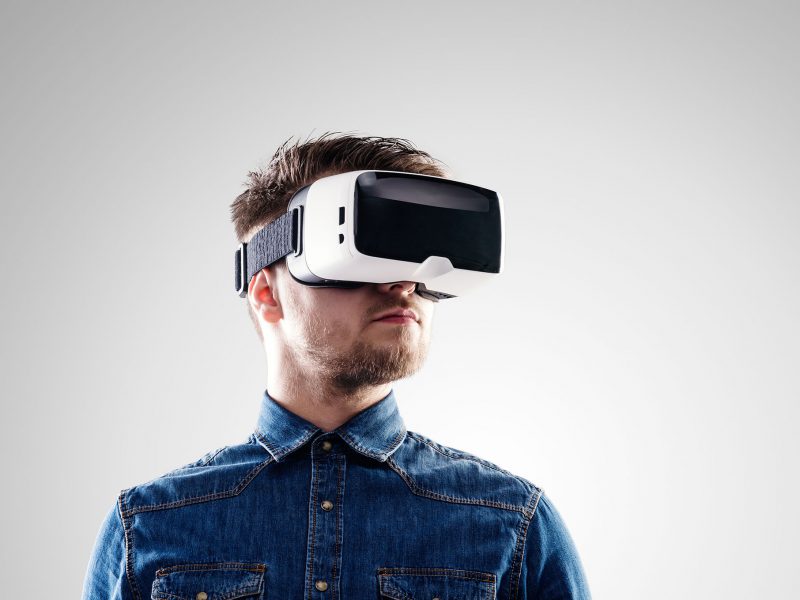2016 has been a significant year for video compression as 4K, HDR, VR and 360 video picked up steam, paving the road for an EXPLOSION of HEVC adoption in 2017. With HEVC’s ability to reduce bitrate and file sizes up to 50% over H.264, it is no surprise that HEVC has transitioned to be the essential enabler of high-quality and reliable streaming video powering all the new and exciting entertainment experiences being launched.
Couple this with the latest announcement from HEVC Advance removing royalty uncertainties that plagued the market in 2016 and we have a perfect marriage of technology and capability with HEVC.
In this post we’ll discuss 2016 from the lenses of Beamr’s own product and company news, combined with notable trends that will shape 2017 in the advanced video encoding space.
>> The Market Speaks: Setting the Groundwork for an Explosion of HEVC
The State of 4K
With 4K content creation growing and the average selling price of UHD 4K TVs dropping (and being adopted faster than HDTVs), 4K is here and the critical mass of demand will follow closely. We recently did a little investigative research on the state of 4K and four of the most significant trends pushing its adoption by consumers:
- The upgrade in picture quality is significant and will drive an increase in value to the consumer – and, most importantly, additional revenue opportunities for services as consumers are preconditioned to pay more for a premium experience. It only takes a few minutes viewing time to see that 4K offers premium video quality and enhances the entertainment experience.
- Competitive forces are operating at scale – Service Providers and OTT distributors will drive the adoption of 4K. MSO are upping their game and in 2017 you will see several deliver highly formidable services to take on pure play OTT distributors. Who’s going to win, who’s going to lose? We think it’s going to be a win-win as services are able to increase ARPUs and reduce churn, while consumers will be able to actually experience the full quality and resolution that their new TV can deliver.
- Commercially available 4K UHD services will be scaling rapidly – SNL Kagan forecasts the number of global UHD Linear channels at 237 globally by 2020, which is great news for consumers. The UltraHD Forum recently published a list of UHD services that are “live” today numbering 18 VOD and 37 Live services with 8 in the US and 47 outside the US. Clearly, content will not be the weak link in UHD 4K market acceptance for much longer.
- Geographic deployments — 4K is more widely deployed in Asia Pacific and Western Europe than in the U.S. today. But we see this as a massive opportunity since many people are traveling abroad and thus will be exposed to the incredible quality. They will then return home to question their service provider, why they had to travel outside the country to see 4K. Which means as soon as the planned services in the U.S. are launched, they will likely attract customer more quickly than we’ve seen in the past.
HDR adds WOW factor to 4K
High Dynamic Range (HDR) improves video quality by going beyond more pixels to increase the amount of data delivered by each pixel. HDR video is capable of capturing a larger range of brightness and luminosity to produce an image closer to what can be seen in real life. Show anyone HDR content encoded in 4K resolution, and it’s no surprise that content providers and TV manufacturers are quickly jumping on board to deliver content with HDR. Yes, it’s “that good.” There is no disputing that HDR delivers the “wow” factor that the market and consumers are looking for. But what’s even more promising is the industry’s overwhelmingly positive reaction to it. Read more here.
Beamr has been working with Dolby to enable Dolby Vision HDR support for several years now, even jointly presenting a white paper at SMPTE in 2014. The V.265 codec is optimized for Dolby Vision and HDR10 and takes into account all requirements for both standards including full support for VUI signaling, SEI messaging, SMPTE ST 2084:2014 and ITU-R BT.2020. For more information visit http://beamr.com/vanguard-by-beamr-content-adaptive-hevc-codec-sdk
Beamr is honored to have customers who are best in class and span OTT delivery, Broadcast, Service Providers and other entertainment video applications. From what we see and hear, studios are uber excited about HDR, cable companies are prepping for HDR delivery, Satellite distributors are building the capability to distribute HDR, and of course OTT services like Netflix, FandangoNow (formerly M-GO), VUDU, and Amazon are already distributing content using either Dolby Vision or HDR10 (or both). If your current video encoding workflow cannot fully support or adequately encode content with HDR, it’s time to update. Our V.265 video encoder SDK is a perfect place to start.
VR & 360 Video at Streamable Bitrates
360-degree video made a lot of noise in 2016. YouTube, Facebook and Twitter added support for 360-degree videos, including live streaming in 360 degrees, to their platforms. 360-degree video content and computer-generated VR content is being delivered to web browsers, mobile devices, and a range of Virtual Reality headsets. The Oculus Rift, HTC Vive, Gear VR and Daydream View have all shipped this year, creating a new market for immersive content experiences.
But, there is an inherent problem with delivering VR and 360 video on today’s platforms. In order to enable HD video viewing in your “viewport” (the part of the 360-degree space that you actually look at), the resolution of the full 360 video delivered to you should be 4K or more. On the other hand, the devices on the market today which are used to view this content, including desktops, mobile devices and VR headsets only support H.264 video decoding. So delivering the high-resolution video content requires very high bitrates – twice as much as using the more modern HEVC standard.
The current solution to this issue is lowered video quality in order to fit the H.264 video stream into a reasonable bandwidth. This creates an experience for users which is not the best possible, a factor that can discourage them from consuming this newly-available VR and 360 video content. But there’s one thing we know for sure – next generation compression including HEVC and content adaptive encoding – and perceptual optimization – will be a critical part of the final solution. Read more about VR and 360 here.
Patent Pool HEVC Advance Announces “Royalty Free” HEVC software
As 4K, HDR, VR and 360 video gathers steam, Beamr has seen the adoption rate moving faster than expected, but with the unanswered questions around royalties, and concerns of who would shoulder the cost burden, distributors have been tentative. The latest move by HEVC Advance to offer a royalty free option is meant to encourage and accelerate the adoption (implementation) of HEVC, by removing royalty uncertainties.
Internet streaming distributors and software application providers can be at ease knowing they can offer applications with HEVC software decoders without incurring onerous royalties or licensing fees. This is important as streaming app content consumption continues to increase, with more and more companies investing in its future.
By initiating a software-only royalty solution, HEVC Advance expects this move to push the rest of the market i.e. device manufacturers and browser providers to implement HEVC capability in their hardware and offer their customers the best and most efficient video experience possible.
>> 2017 Predictions
Mobile Video Services will Drive the Need for Content-adaptive Optimization
Given the trend toward better quality and higher resolution (4K), it’s more important than ever for video content distributors to pursue more efficient methods of encoding their video so they can adapt to the rapidly changing market, and this is where content-adaptive optimization provides a massive benefit.
The boundaries between OTT services and traditional MSO (cable and satellite) are being blurred now that all major MSOs include TVE (TV Everywhere streaming services with both VOD and Linear channels) in their subscription packages (some even break these services out separately as is the case with SlingTV). And in October, AT&T CEO Randall Stephenson vowed that DirecTV Now would disrupt the pay-TV business with revolutionary pricing for an Internet-streaming service at a mere $35 per month for a package with more than 100 channels.
And get this – AT&T wireless is adopting the practice of “zero rating” for their customers, that is, they will not count the OTT service streaming video usage toward the subscriber’s monthly data plan. This represents a great value for customers, but there is no doubt that it puts pricing pressure on the operational side of all zero rated services.
2017 is the year that consumers will finally be able to enjoy linear as well as VOD content anywhere they wish even outside the home.
Beamr’s Contribution to MSOs, Service Providers, and OTT Distributors is More Critical Than Ever
When reaching to consumers across multiple platforms, with different constraints and delivery cost models, Beamr’s content adaptive optimizer perfects the encoding process to the most efficient quality and bitrate combination.
Whether you pay by the bit delivered to a traditional CDN provider, or operate your own infrastructure, the benefits of delivering less traffic are realized with improved UX such as faster stream start times and reduced re-buffering events, in addition to the cost savings. One popular streaming service reported to us that after implementing our content-adaptive optimization solution their rebuffering events as measured on the player were reduced by up to 50%, while their stream start times improved 20%.
Recently popularized by Netflix and Google, content-adaptive encoding is the idea that not all videos are created equal in terms of their encoding requirements. Content-adaptive optimization complements the encoding process by driving the encoder to the lowest bitrate possible based on the needs of the content, and not a fixed target bitrate (as seen in traditional encoding processes and products).
A content-adaptive solution can optimize more efficiently by analyzing already-encoded video on a frame-by-frame and scene-by-scene level, detecting areas of the video that can be further compressed without losing perceptual quality (e.g. slow motion scenes, smooth surfaces).
Provided the perceptual quality calculation is performed at the frame level with an optimizer that contains a closed loop perceptual quality measure, the output can be guaranteed to be the highest quality at the lowest bitrate possible. Click the following link to learn how Beamr’s patented content adaptive optimization technology achieves exactly this result.
Encoding and Optimization Working Together to Build the Future
Since the content-adaptive optimization process is applied to files that have already been encoded, by combining an industry leading H.264 and HEVC encoder with the best optimization solution (Beamr Video), the market will be sure to benefit by receiving the highest quality video at the lowest possible bitrate and file size. As a result, this will allow content providers to improve the end-user experience with high quality video, while meeting the growing network constraints due to increased mobile consumption and general Internet congestion.
Beamr made a bold step towards delivering on this stated market requirement by disrupting the video encoding space when in April 2016 we acquired Vanguard Video – a premier video encoding and technology company. This move will benefit the industry starting in 2017 when we introduce a new class of video encoder that we call a Content Adaptive Encoder.
As content adaptive encoding techniques are being adopted by major streaming services and video platforms like YouTube and Netflix, the market is gearing up for more advanced rate control and optimization methods, something that fits our perceptual quality measure technology perfectly. This fact when combined with Beamr having the best in class HEVC software encoder in the industry, will yield exciting benefits for the market. Read the Beamr Encoder Superguide that details the most popular methods for performing content adaptive encoding and how you can integrate them into your video workflow.
One Year from Now…
In one year from now when you read our post summarizing 2017 and heralding 2018, what you will likely hear is that 2017 was the year that advanced codecs like HEVC combined with efficient perceptually based quality measures, such as Beamr’s, provide an additional 20% or greater bitrate reduction.
The ripple effect of this technology leap will be that services struggling to compete today on quality or bitrate, may fall so far behind that they lose their ability to grow the market. We know of many multi-service operator platforms who are gearing up to increase the quality of their video beyond the current best of class for OTT services. That is correct, they’ve watched the consumer response to new entrants in the market offering superior video quality, and they are not sitting still. In fact, many are planning to leapfrog the competition with their aggressive adoption of content adaptive perceptual quality driven solutions.
If any one service assumes they have the leadership position based on bitrate or quality, 2017 may prove to be a reshuffling of the deck.
For Beamr, the industry can expect to see an expansion of our software encoder line with the integration of our perceptual quality measure which has been developed over the last 7 years, and is covered by more than 50 patents granted and pending. We are proud of the fact that this solution has been shipping for more than 3 years in our stand-alone video and photo optimizer solutions.
It’s going to be an exciting year for Beamr and the industry and we welcome you to join us. If you are intrigued and would like to learn more about our products or are interested in evaluating any of our solutions, check us out at beamr.com.

